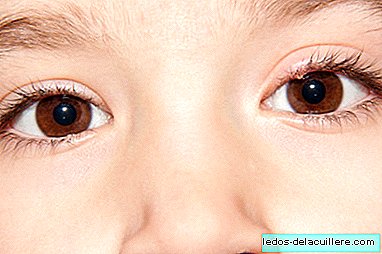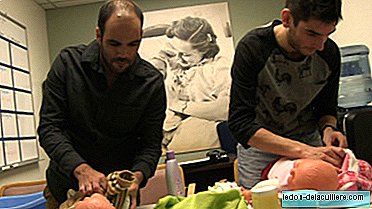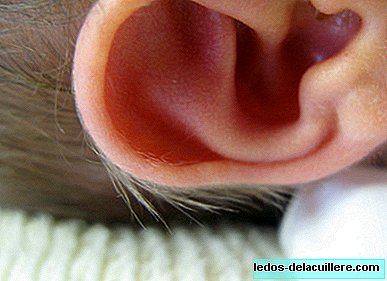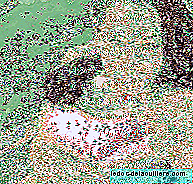
On the edges of both eyelids there are sebaceous glands that produce a substance that, together with tears, lubricate the eye. Stye is an inflammation of those sebaceous glands, and although it is somewhat benign, it can become quite annoying.
Styes usually occur especially in childhood, although adults are not exempt from suffering them either. Today we explain in detail what are styes, how can we prevent them and what to do if they appear.
What is a stye and what are its symptoms?
The stye It is an inflammation of a part of the eyelid, which causes the fluid in the sebaceous glands to accumulate and cannot leave. This can occur for several reasons: from the time the gland becomes clogged, until it is infected by a bacterium called staphylococcus, which lodges in the nose and skin, but we easily transport it to the eyes when touched.
It is characterized by the presence of a reddened and painful lump or pimple, which can be located both inside the eyelid (internal stye) and on the outer edge (external stye). Occasionally, there may also be excessive tearing, sensitivity to light and sandy sensation inside the eye.
The stye lasts only a few days, but if the inflammation on the inner edge of the eyelid ends up becoming a hard and painless lump that persists over time, or even becomes chronic, we would talk about chalazion; a condition similar to stye but without infection.
How is it treated?
Most styes heal spontaneously without treatment in a few days, although in some occasions the application of an antibiotic cream might be necessary, and in cases of larger styes the doctor could also recommend the administration of antibiotics by oral route.
What you should never do is try to remove it with your fingers (as if it were a pimple), as this can facilitate contamination of the entire eyelid area or worsen the stye state.As a natural remedy to help unblock the gland we can apply warm compresses (wet or dry) several times a day for a few minutes, as well as cleaning the eyelid with a special eye cleaning soap (available in pharmacies).
If the stye worsens, affects vision or persists over time (chalazion), the doctor may indicate a small incision to help the gland contents drain more easily.
Preventive measures
There are children or adults with special tendency to have styes on a recurring basis. In these cases, it is essential to perform a review with the specialist, as well as apply a series of preventive measures to prevent them from appearing. These measures also work when the stye has already appeared, as they will help prevent them from becoming infected or spreading:
Clean the eyes with a special soap indicated by the pediatrician or the pharmacist.
Wash your hands frequently, and do not touch your eyes with dirty hands to avoid transferring bacteria to the eyelids.
When the eyes are dry, itch continuously or there is visual fatigue, we tend to rub our eyelids more frequently, and this increases the chances of infection in the eyelids. That is why it is important to perform periodic eye exams.
Since the stye is contagious, it is important not to share towels, tissues or any other personal item.
In the case of older children who wear contact lenses, they should be replaced by glasses while the stye lasts.
 In Babies and more, healthy eyes! How to take care of children's eyesight
In Babies and more, healthy eyes! How to take care of children's eyesightPhotos | iStock












